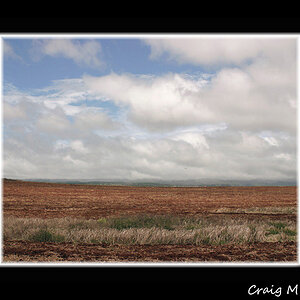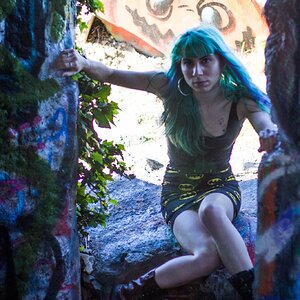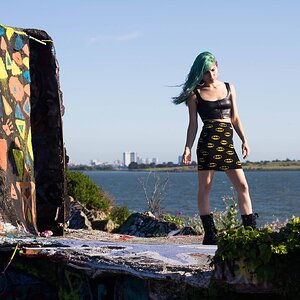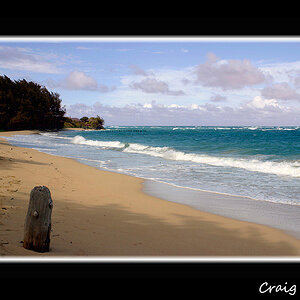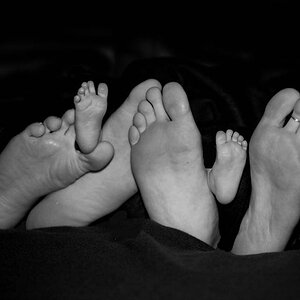BillieJoe14
TPF Noob!
- Joined
- Mar 27, 2016
- Messages
- 2
- Reaction score
- 1
- Can others edit my Photos
- Photos NOT OK to edit
Hello there people,
I just registered here hoping you could help me with my wish.
I recently discovered some Austrian photographer and I'm absolutely digging here picture style but I just can't explain what exactly in her pictures gives this certain feel/look to them, but maybe you can explain this to me.
This is her page on Facebook (she doesn't have a website) and I'm talking about pictures like in this gallery.
I know she's using a 5D Mk2 and her 50 1.8 mostly, wide open of course. But I think there's a lot of tilt shift/unsharpness added afterwards in post processing, but that's not all. There is, at least for me, something else that gives the pictures an unique look. Some kind of soft focus and some popping colors, I think. They're technically not the best for sure, but I absolutely love them due this unique, calm style.
Am I just retarded or do you also see something "special" in here? Any ideas or suggestions how to achieve this look?
Thanks & best regards,
BJ
I just registered here hoping you could help me with my wish.
I recently discovered some Austrian photographer and I'm absolutely digging here picture style but I just can't explain what exactly in her pictures gives this certain feel/look to them, but maybe you can explain this to me.
This is her page on Facebook (she doesn't have a website) and I'm talking about pictures like in this gallery.
I know she's using a 5D Mk2 and her 50 1.8 mostly, wide open of course. But I think there's a lot of tilt shift/unsharpness added afterwards in post processing, but that's not all. There is, at least for me, something else that gives the pictures an unique look. Some kind of soft focus and some popping colors, I think. They're technically not the best for sure, but I absolutely love them due this unique, calm style.
Am I just retarded or do you also see something "special" in here? Any ideas or suggestions how to achieve this look?
Thanks & best regards,
BJ


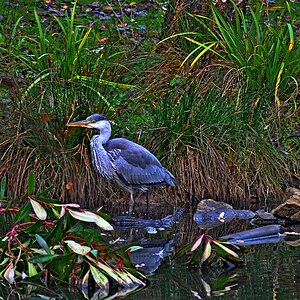




![[No title]](/data/xfmg/thumbnail/37/37603-739c5d9b541a083a12f2f30e45ca2b7b.jpg?1619738147)
